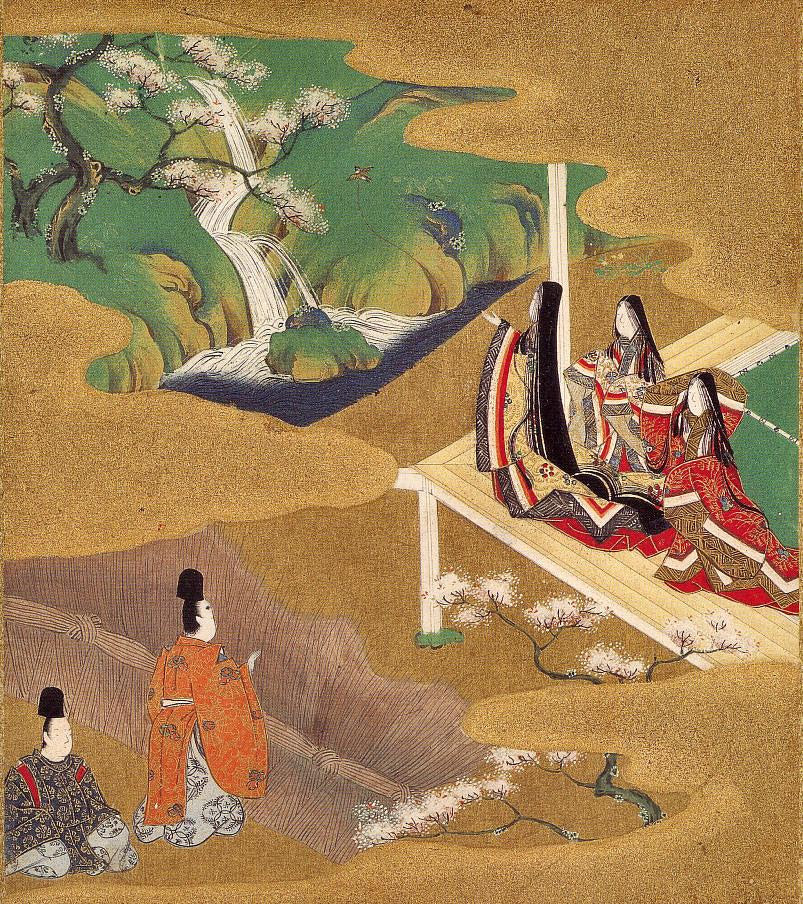Published Aug 27, 2023 via the NamoMonk Newsletter
Kōdō: The Ancient and Elegant Art of Incense Appreciation
Hello Monk,
Kōdō has a long and illustrious history that dates back more than one thousand years, when nobles in the Imperial Court would find poetic inspiration in “listening to the fragrance” of aromatic woods. This term was used to describe the pleasure and inspiration derived from breathing in scents of fine incense like one might enjoy fine wines or music . Kōdō is counted as one of the three classical Japanese arts of refinement, along with kadō for flower arrangement, and chadō for tea ceremony.
Kōdō encompasses all aspects of the incense process, from the tools (香道具 kōdōgu) to activities such as the incense-comparing games kumikō (組香) and genjikō (源氏香) . The tools include an incense burner (香炉 kōro), heated by a piece of charcoal (炭 sumi) surrounded by ash (灰 hai), on which a small piece of fragrant wood (香木 kōboku) is placed. The fragrant wood can be agarwood (沈香 jinko), sandalwood (白檀 byakudan), or other types . The games involve identifying the subtle differences in the delicate aromas of different types or blends of fragrant wood.

At namomonk.com, we offer natural and handmade incense products that are suitable for practicing Kōdō. We use only high-quality, ethically-sourced, and environmentally-friendly ingredients to create our incense. We are also dedicated to promoting Kōdō culture and educating our customers on how to choose, burn, and appreciate incense.
In this newsletter, we will provide you with some tips and examples on how to practice Kōdō for yourself and enjoy its sensory and spiritual rewards. We will also share with you some stories and quotes that relate to Kōdō, such as its connection to Zen Buddhism, its influence on literature and art, or its expression of gratitude and harmony.
How to Practice Kōdō
Appreciate your incense with all your senses. When practicing Kōdō, you should pay attention to not only the smell but also the sight, sound, touch, and taste of your incense. Observe the color, shape, texture, and pattern of your fragrant wood before burning it. Listen to the sound of the charcoal crackling or the wood sizzling as it burns. Feel the warmth and vibration of the incense burner in your hands. Taste the subtle flavor of the smoke in your mouth. And of course, smell the fragrance of your incense with deep and slow breaths. Try to identify the different notes and nuances of your incense, such as sweet, sour, bitter, spicy, floral, fruity, or earthy.

An example of kumiko — a game of scent and many strokes.
The more we learn about the practice of Kōdō the more intrigued about it we get here at NamoMonk, so much so that we are planning on starting an entire series on the practice or, the knowledge behind, the art of, and stories from ancient times about Kōdō.
And in true NamoMonk manner a Monk from our team will always be there to assist you and guide you when practicing Kōdō.
sincerely,
with a whiff of oudh,
A Monk.


0 comments